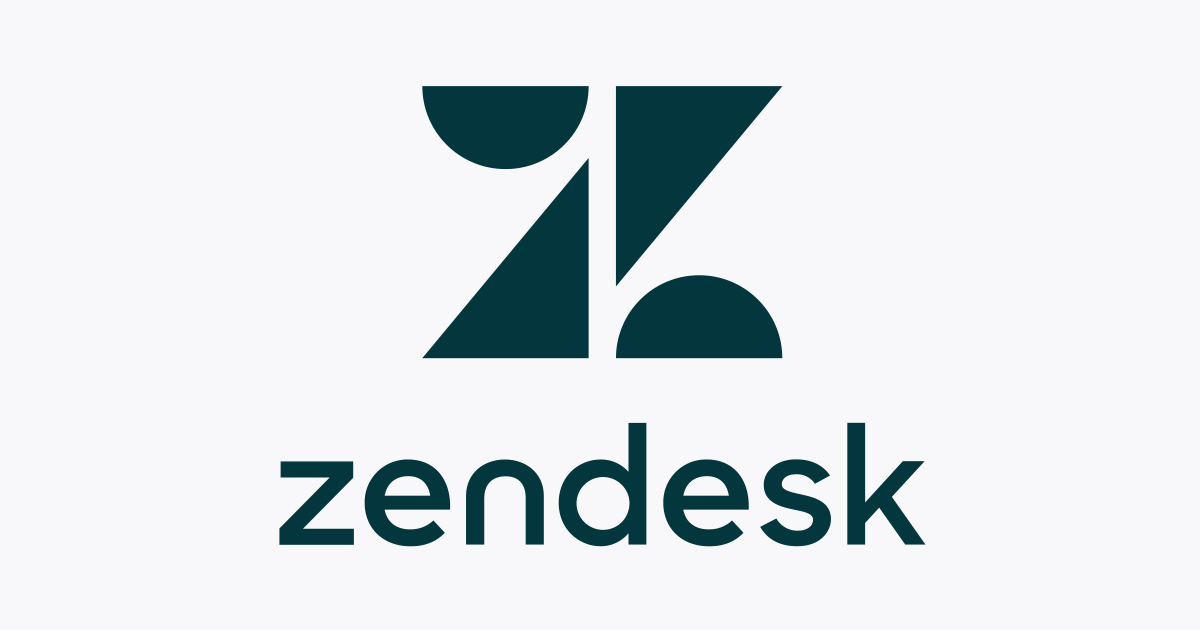
Implementing Service Level Agreements (SLAs) in Zendesk: A Step-by-Step Guide!
この記事は公開されてから1年以上経過しています。情報が古い可能性がありますので、ご注意ください。
Introduction.
Service Level Agreements (SLAs) are crucial for any customer service organization. They define the level of service expected by customers and help to measure the performance and efficiency of your support team. Zendesk, a popular customer service software, offers robust SLA management features. In this blog post, we will guide you through the process of setting up SLAs in Zendesk.
All About SLA!
In Zendesk, an SLA policy is a contract between the service provider (you) and the customer that sets the response and resolution times for different types of tickets. SLA policies help ensure that your team meets its performance targets and provides consistent service to your customers .
Getting started with SLA!
Step 1: Access SLA Policies.
- To start, log into your Zendesk account. Navigate to the Admin icon (represented by a cog) in the sidebar, then select "Manage" under the "SLA Policies" section.


Step 2: Create a New SLA Policy.
- Click on the "+ Add policy" button to create a new SLA policy.
- You will be prompted to name your policy and provide a description.
- Make sure to choose a name that clearly represents the policy's purpose.

Step 3: Define SLA Targets.
- Next, you'll define your SLA targets.
- These targets are the specific time frames within which your team should respond to or resolve a ticket. Zendesk allows you to set targets for first reply time, next reply time, requester wait time, and agent work time.
- For each target, you'll need to specify the time frame (in minutes, hours, or days) and the priority of tickets it applies to (low, normal, high, or urgent).

Step 4: Set Up SLA Policy Conditions.
- After defining your targets, you'll need to set up the conditions under which the policy applies.
- You can set conditions based on any ticket attributes, such as the requester's role, the ticket's status, or the channel through which the ticket was submitted.

Step 5: Activate Your SLA Policy.
- Once you've set your targets and conditions, click the "Create policy" button to activate your SLA policy.
- Your policy will now apply to all tickets that meet the conditions you specified.

Step 6: Monitor SLA Compliance.
- After your SLA policy is active, you can monitor its performance on the SLA dashboard.
- This dashboard shows the percentage of tickets that meet each target, allowing you to identify any areas where your team may be falling short.

Conclusion.
Setting up SLAs in Zendesk is a straightforward process that can greatly improve your team's performance and customer satisfaction. By clearly defining your service expectations and regularly monitoring your performance, you can ensure that your team consistently meets its targets and provides excellent service to your customers.
Remember, the key to effective SLA management is regular review and adjustment based on your team's performance and your customers' needs. So, don't set it and forget it – make sure to regularly review your SLA policies and make adjustments as needed.
Happy Zendesk-ing!







